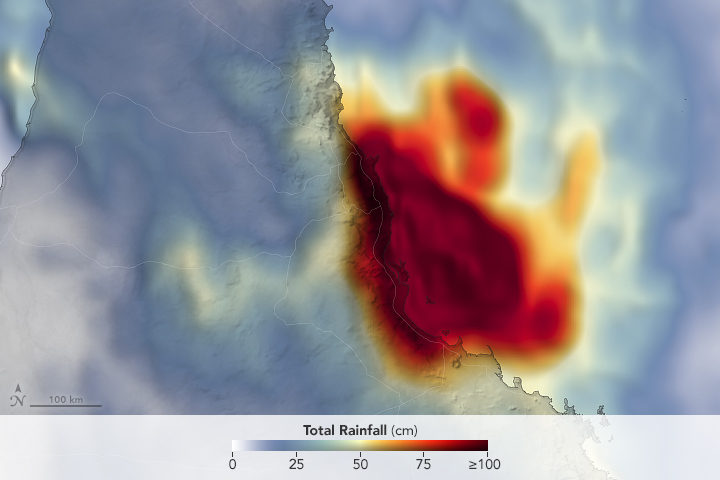



Recent Imagery
You will be directed to the NASA Visible Earth webpage when you select Images by Mission below, or click on the images at right that are randomly generated to represent four out of all possible topics.
You are here
Glory
Status:
Other
Mission Category:
A-Train
Launch Date: March 4, 2011
Launch Location: Vandenberg Air Force Base, CA
Actual Completion Date: March 4, 2011
The Glory satellite consists of a spacecraft bus and three instruments and will be launched from the Vandenberg Air Force Base aboard a Taurus 2110 launch vehicle. Glory's remote sensing mission is designed to:
1) collect data on the optical, microphysical, and chemical properties, and spatial and temporal distributions of aerosols and clouds; and 2) continue the long-term total solar irradiance climate record.
NASA's Glory spacecraft failed to reach orbit after its 5:09:45 a.m. EST liftoff Friday March 4, 2011 from California's Vandenberg Air Force Base. The fairing on the Taurus XL launch vehicle failed to separate.
Key Glory Facts
| Launch Vehicle: | Taurus 2110 |
|---|---|
| Altitude:Distance from sea level. | 705km |
| Inclination: | 98.2° |
| Local Node:Approximate time, at the equator when vehicle is directly overhead. | 1:30 p.m. |
| Instruments: |
APS (Aerosol Polarimetry Sensor) CC (Cloud Camera) TIM (Total Irradiance Monitor) |
| Project Scientist(s): |
Michael Mishchenko |
| Deputy Project Scientist(s): |
Ellsworth Judd Welton |
| Program Scientist(s): |
Hal Maring |
Related Publications:
- A-Train Fact Sheet (Fact Sheets - 263.74 KB)
- Glory (Science Writers' Guide - 1.68 MB)
Relevant Science Focus Areas:
- Atmospheric Composition
- Carbon Cycle, Ecosystems, and Biogeochemistry
- Climate Variability and Change
- Water and Energy Cycles
Relevant Science Questions:
- How does the Earth system respond to natural and human-induced changes?
- How is the global Earth system changing?
- How will the Earth system change in the future?
Science Goals:
- Use data collected on the optical, microphysical, and chemical properties of aerosols and clouds to analyze aerosols and aerosol-cloud interactions.
- Measure total solar irradiance for long-term climate studies.
Related Applications:
- Air Quality
- Carbon Management
- Ecological Forecasting
- Invasive Species
- Public Health

